Tennis elbow, also known as lateral epicondylitis, is a condition that causes pain and inflammation in the outer part of the elbow. It is caused by overuse or injury of the muscles and tendons that attach the forearm muscles to the bones of the elbow. The most common symptom of tennis elbow is pain on the outside of the elbow that worsens with gripping or twisting movements. Other symptoms may include stiffness, swelling, and reduced range of motion in the elbow joint.
Tennis elbow can affect anyone who performs repetitive activities that involve the forearm muscles, such as playing tennis, golf, or other racquet sports, typing, painting, or carpentry. However, it is more common in people between 30 and 50 years old. The condition usually resolves on its own with rest and self-care measures, but sometimes it may require medical treatment to reduce pain and promote healing.
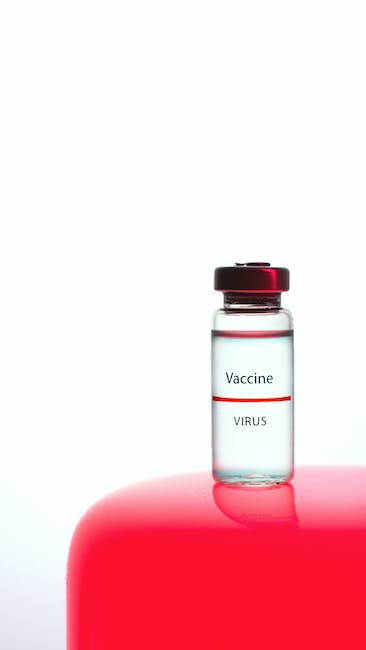
How is Tennis Elbow Diagnosed?
To diagnose tennis elbow, your doctor will ask you about your medical history, your symptoms, and your activities that may have caused or aggravated your condition. Your doctor will also examine your elbow and forearm to check for signs of inflammation, tenderness, and weakness. You may be asked to perform some simple tests to assess your pain and function.
In some cases, your doctor may order some imaging tests to rule out other possible causes of your elbow pain, such as arthritis, fracture, or nerve compression. These tests may include X-rays, ultrasound, magnetic resonance imaging (MRI), or electromyography (EMG). Imaging tests can also help determine the extent of damage to the muscles and tendons involved in tennis elbow.
What are the Treatment Options for Tennis Elbow?
The main goals of tennis elbow treatment are to reduce pain and inflammation, restore function and strength, and prevent recurrence. The treatment options depend on the severity of your condition and your response to conservative measures. The most common treatment options for tennis elbow include:
- Rest and activity modification: You should avoid or limit activities that cause or worsen your elbow pain until your symptoms improve. You may also need to change your technique or equipment to reduce stress on your elbow. For example, you may use a lighter racquet with a larger grip size if you play tennis.
- Ice and heat therapy: You can apply ice packs or cold compresses to your elbow for 15 to 20 minutes several times a day to reduce pain and swelling. You can also use heat therapy, such as warm towels or heating pads, to relax your muscles and improve blood flow to the affected area.
- Medications: You can take over-the-counter anti-inflammatory drugs, such as ibuprofen or naproxen, to relieve pain and inflammation. However, you should not use these drugs for more than two weeks without consulting your doctor, as they may cause side effects such as stomach ulcers, bleeding, or kidney problems. Your doctor may also prescribe stronger painkillers or corticosteroid injections if your pain is severe or does not respond to other treatments.
- Physical therapy: A physical therapist can teach you exercises and stretches to improve the flexibility and strength of your forearm muscles and tendons. Physical therapy can also help you correct your posture and movement patterns to prevent further injury. You may also benefit from other modalities such as ultrasound, electrical stimulation, massage, or acupuncture to reduce pain and inflammation.
- Braces and splints: You can wear a brace or a splint around your forearm or wrist to support your elbow and reduce pressure on the affected muscles and tendons. This can help relieve pain and allow healing. However, you should not wear a brace or a splint for too long, as it may weaken your muscles and limit your mobility.
- Surgery: Surgery is usually considered as a last resort when all other treatments have failed to improve your symptoms after six months or more. Surgery involves removing the damaged tissue from the tendon and reattaching it to the bone. The recovery time after surgery may vary from three months to a year depending on the type of surgery and your individual condition.

How Can You Prevent Tennis Elbow?
The best way to prevent tennis elbow is to avoid overuse or injury of your forearm muscles and tendons. Some tips to prevent tennis elbow include:
- Warm up properly before engaging in any activity that involves your forearm muscles. You can do some gentle stretches and exercises to prepare your muscles and joints for the activity.
- Use proper technique and equipment. You should learn the correct way to perform any activity that involves your forearm muscles, such as playing tennis, golf, or other racquet sports, typing, painting, or carpentry. You should also use appropriate equipment that fits your size, skill level, and preference. For example, you should use a racquet with a larger head size, a softer string tension, and a thicker grip if you play tennis.
- Take breaks and rest your elbow. You should avoid doing the same activity for too long or too often without resting your elbow. You should also vary your activities and include some low-impact exercises, such as swimming or cycling, to balance your muscle use and reduce stress on your elbow.
- Strengthen and stretch your forearm muscles and tendons. You can do some exercises and stretches to improve the flexibility and strength of your forearm muscles and tendons. This can help prevent injury and improve your performance. You can consult a physical therapist or a trainer for guidance on the best exercises and stretches for your condition.

What are the Complications of Tennis Elbow?
Tennis elbow is usually not a serious condition, but it can affect your quality of life and interfere with your daily activities. If left untreated, tennis elbow can lead to:
- Chronic pain and inflammation. Your pain and inflammation may persist or worsen over time, making it difficult to use your elbow for any activity.
- Reduced function and mobility. Your elbow may become stiff and lose its range of motion, limiting your ability to perform tasks that require gripping or twisting movements.
- Muscle weakness and atrophy. Your forearm muscles may become weak and shrink due to lack of use or damage to the nerves that supply them.
- Permanent damage to the muscles and tendons. Your muscles and tendons may develop scar tissue or tears that cannot heal properly, resulting in permanent loss of function and strength.
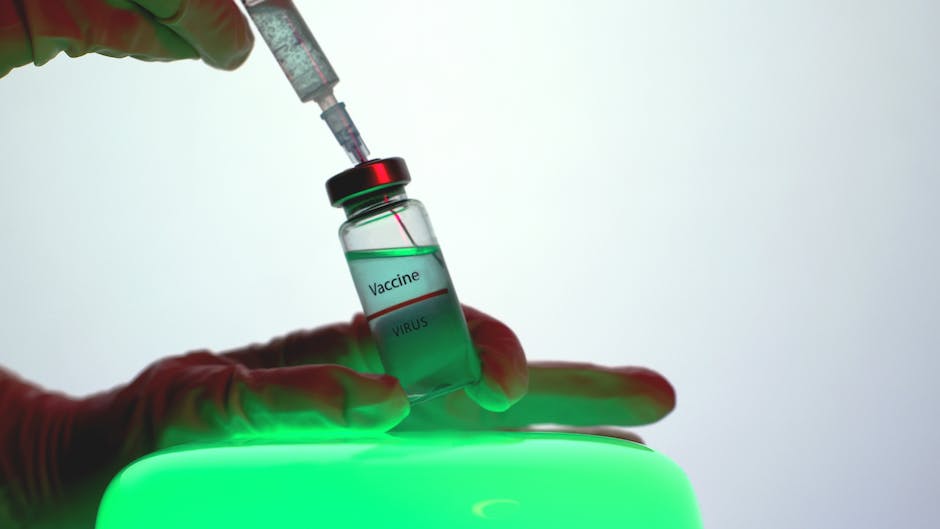
What is the Prognosis of Tennis Elbow?
The prognosis of tennis elbow depends on several factors, such as the cause, severity, duration, and treatment of your condition. Most cases of tennis elbow improve with conservative treatment within six months to a year. However, some cases may take longer to heal or require surgery to repair the damaged tissue. Some people may also experience recurrent episodes of tennis elbow if they do not follow preventive measures or modify their activities.

What are Some Myths and Facts about Tennis Elbow?
There are some common myths and facts about tennis elbow that you should be aware of. Here are some examples:
- Myth: Tennis elbow only affects people who play tennis.
- Fact: Tennis elbow can affect anyone who performs repetitive activities that involve the forearm muscles, such as playing golf, typing, painting, or carpentry. However, playing tennis is one of the most common causes of tennis elbow, as it involves frequent gripping and twisting movements that put stress on the elbow.
- Myth: Tennis elbow is caused by inflammation of the tendon.
- Fact: Tennis elbow is caused by degeneration or micro-tears of the tendon that attaches the forearm muscles to the bone of the elbow. The tendon involved in tennis elbow is called the extensor carpi radialis brevis (ECRB). Inflammation is a secondary response to the injury that causes pain and swelling.
- Myth: Resting your elbow is enough to cure tennis elbow.
- Fact: Resting your elbow is important to reduce pain and inflammation, but it is not enough to cure tennis elbow. You also need to modify your activities, use proper technique and equipment, take medications, apply ice or heat therapy, wear braces or splints, do physical therapy, or undergo surgery depending on your condition.
- Myth: Corticosteroid injections are the best treatment for tennis elbow.
- Fact: Corticosteroid injections are powerful anti-inflammatory drugs that can provide temporary relief from pain and inflammation. However, they do not address the underlying cause of tennis elbow, which is damage to the tendon. They may also have side effects such as infection, nerve damage, skin discoloration, or weakening of the tendon. Therefore, corticosteroid injections should be used with caution and only as a short-term treatment option.
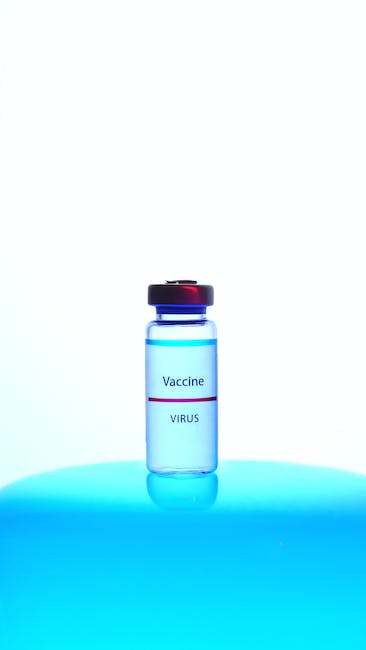
What are Some Frequently Asked Questions about Tennis Elbow?
Here are some frequently asked questions about tennis elbow that you may find helpful:
- Q: How long does it take to recover from tennis elbow?
- A: The recovery time from tennis elbow varies from person to person depending on the cause, severity, duration, and treatment of their condition. Generally speaking, most cases of tennis elbow improve with conservative treatment within six months to a year. However, some cases may take longer to heal or require surgery to repair the damaged tissue.
- Q: How can I reduce pain from tennis elbow?
- A: You can reduce pain

FAQ
Q: How can I reduce pain from tennis elbow?
A: You can reduce pain from tennis elbow by resting your elbow and avoiding or limiting activities that cause or worsen your pain. You can also apply ice packs or cold compresses to your elbow for 15 to 20 minutes several times a day to reduce pain and swelling. You can also use heat therapy, such as warm towels or heating pads, to relax your muscles and improve blood flow to the affected area. You can also take over-the-counter anti-inflammatory drugs, such as ibuprofen or naproxen, to relieve pain and inflammation. However, you should not use these drugs for more than two weeks without consulting your doctor, as they may cause side effects such as stomach ulcers, bleeding, or kidney problems. Your doctor may also prescribe stronger painkillers or corticosteroid injections if your pain is severe or does not respond to other treatments.
Q: How can I prevent tennis elbow from recurring?
A: You can prevent tennis elbow from recurring by following some preventive measures, such as warming up properly before engaging in any activity that involves your forearm muscles, using proper technique and equipment, taking breaks and resting your elbow, and strengthening and stretching your forearm muscles and tendons. You can consult a physical therapist or a trainer for guidance on the best exercises and stretches for your condition.
Q: What are the risks of surgery for tennis elbow?
A: Surgery for tennis elbow is usually considered as a last resort when all other treatments have failed to improve your symptoms after six months or more. Surgery involves removing the damaged tissue from the tendon and reattaching it to the bone. The recovery time after surgery may vary from three months to a year depending on the type of surgery and your individual condition. Surgery for tennis elbow may have some risks, such as infection, bleeding, nerve damage, loss of sensation, reduced function and mobility, scar formation, or recurrence of the condition.
Q: What are some alternative treatments for tennis elbow?
A: Some alternative treatments for tennis elbow that may help reduce pain and inflammation include acupuncture, massage, herbal remedies, homeopathy, or biofeedback. However, there is not enough scientific evidence to support the effectiveness or safety of these treatments for tennis elbow. Therefore, you should consult your doctor before trying any alternative treatments for tennis elbow.
Q: What is platelet-rich plasma (PRP) therapy for tennis elbow?
A: Platelet-rich plasma (PRP) therapy is a treatment that involves injecting your own blood plasma enriched with platelets into the injured area of your tendon. Platelets are blood cells that contain growth factors and other substances that can promote healing and tissue regeneration. PRP therapy may help reduce pain and inflammation and stimulate healing of the damaged tissue in tennis elbow. However, PRP therapy is still an experimental treatment that has not been proven to be effective or safe for tennis elbow. Therefore, you should discuss the benefits and risks of PRP therapy with your doctor before undergoing this treatment.
Q: How does playing tennis cause tennis elbow?
A: Playing tennis is one of the most common causes of tennis elbow, as it involves frequent gripping and twisting movements that put stress on the elbow. The tendon involved in tennis elbow is called the extensor carpi radialis brevis (ECRB), which helps stabilize the wrist when the elbow is straight. When you play tennis, especially with a backhand stroke, you may overextend or overuse this tendon, causing micro-tears or degeneration of the tendon. This leads to pain and inflammation on the outside of the elbow.
Q: Can I play tennis with tennis elbow?
A: You can play tennis with tennis elbow if your pain is mild and does not interfere with your performance. However, you should avoid playing tennis if your pain is severe or worsens with gripping or twisting movements. You should also modify your technique or equipment to reduce stress on your elbow. For example, you should use a lighter racquet with a larger grip size and a softer string tension if you play tennis. You should also warm up properly before playing and rest your elbow after playing.
Q: How long does it take to heal from tennis elbow?
A: The healing time from tennis elbow depends on several factors, such as the cause, severity, duration, and treatment of your condition. Generally speaking, most cases of tennis elbow improve with conservative treatment within six months to a year. However, some cases may take longer to heal or require surgery to repair the damaged tissue.
Q: What are some exercises for tennis elbow?
A: Some exercises for tennis elbow that can help improve the flexibility and strength of your forearm muscles and tendons include:
- Wrist extension stretch: Hold your arm straight out in front of you with your palm facing down. Use your other hand to gently bend your wrist down until you feel a stretch on the back of your forearm. Hold this position for 15 to 30 seconds and repeat three times. Do this exercise twice a day.
- Wrist flexion stretch: Hold your arm straight out in front of you with your palm facing up. Use your other hand to gently bend your wrist down until you feel a stretch on the inside of your forearm. Hold this position for 15 to 30 seconds and repeat three times. Do this exercise twice a day.
- Wrist extension strengthening: Hold a light weight (such as a water bottle or a can) in your hand with your palm facing down. Rest your forearm on a table or your thigh and let your wrist hang over the edge. Slowly lift your wrist up and down, keeping your forearm still. Do 10 to 15 repetitions and repeat three times. Do this exercise every other day.
- Wrist flexion strengthening: Hold a light weight (such as a water bottle or a can) in your hand with your palm facing up. Rest your forearm on a table or your thigh and let your wrist hang over the edge. Slowly lift your wrist up and down, keeping your forearm still. Do 10 to 15 repetitions and repeat three times. Do this exercise every other day.
Q: What are some complications of tennis elbow?
A: Tennis elbow is usually not a serious condition, but it can affect your quality of life and interfere with your daily activities. If left untreated, tennis elbow can lead to chronic pain and inflammation, reduced function and mobility, muscle weakness and atrophy, or permanent damage to the muscles and tendons. Therefore, you should seek medical attention if your symptoms do not improve with self-care measures or worsen over time.





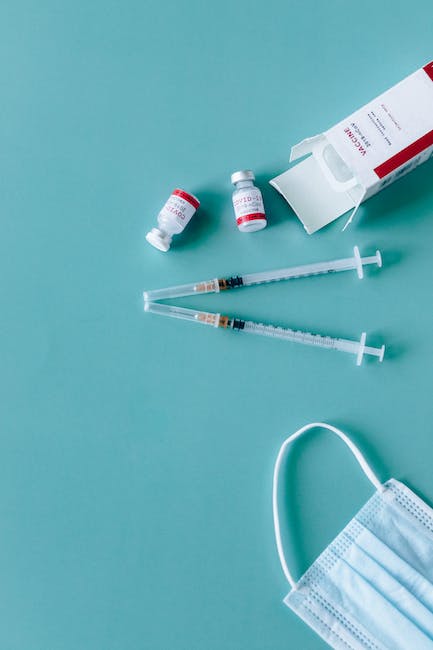
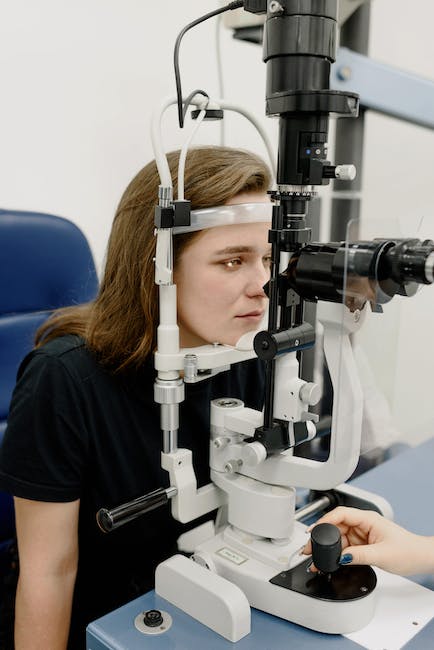


No Comment! Be the first one.